Bee Pollen and Bee Bread
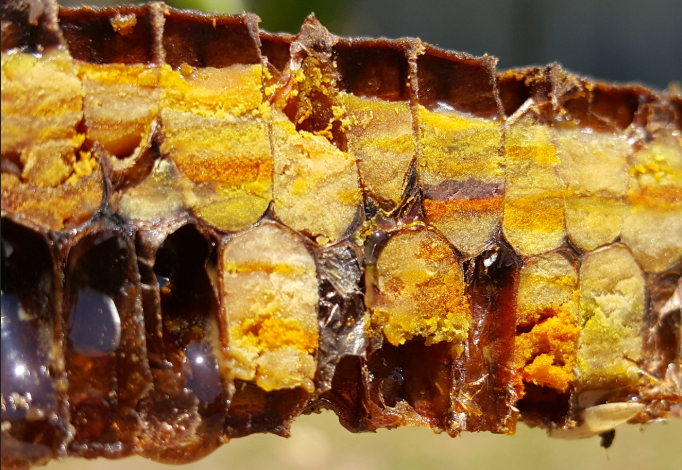
Recently, functional foods have been a subject of great interest in dietetics owing not only to their nutritional value but rather their myriads of health benefits. Moreover, an increase in consumers’ demands for such valuable foods warrants the development in not only production but rather tools of quality and nutrient assessment. Bee products, viz., bee […]
Health and Immunity
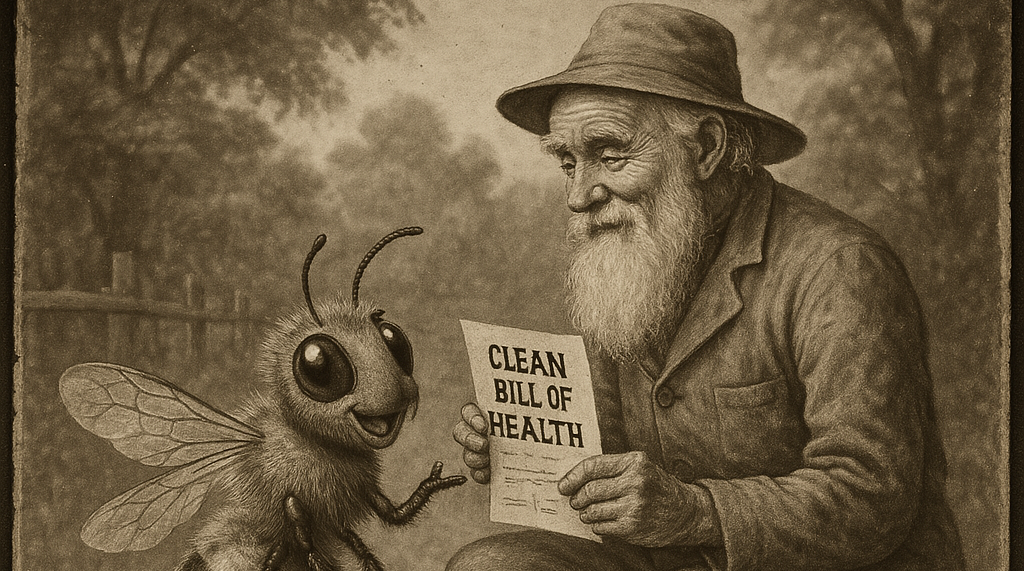
Honey bees are constantly exposed to contact with many types of pathogens. However, during evolution they developed a number of immune mechanisms. At the individual level, they comprise 1) resistance mechanisms associated with anatomical and physiological barriers of the body, 2) cell-mediated immunity involving immune cells (hemocytes), 3a) congenital humoral (body fluid), and 3b) induced […]
Pollen: Why do bees and humans want it?
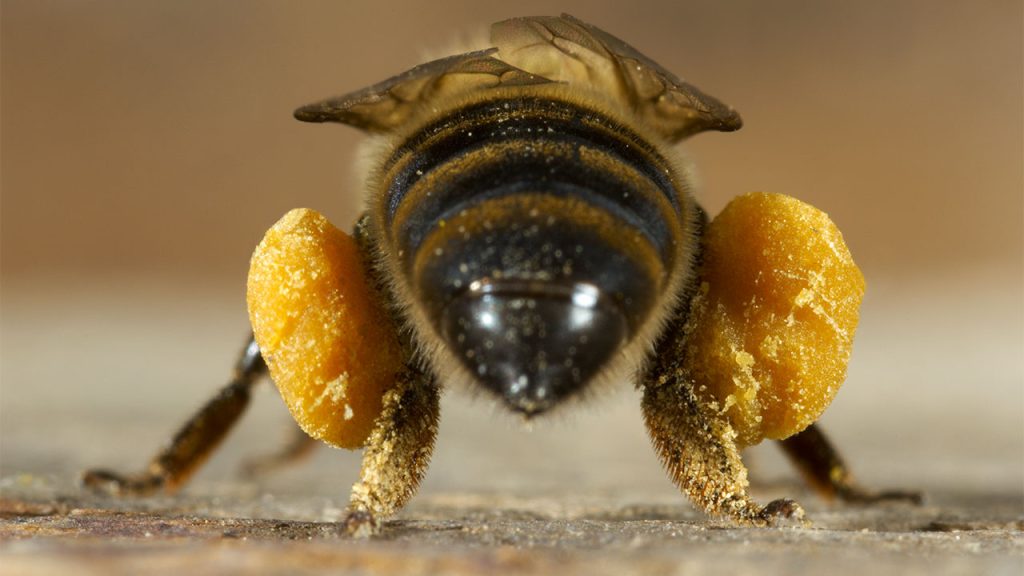
Pollen: What is it? We see pollen coming into the hive packed on the honey bees’ hind legs, we see it as a kaleidoscope of color packed in the cells of a frame of comb, but what is it really and why do the bees collect it. A basic answer is that pollen is the […]
Yes, Hive Insulation Is Good Year-Round – A Deeper Dive
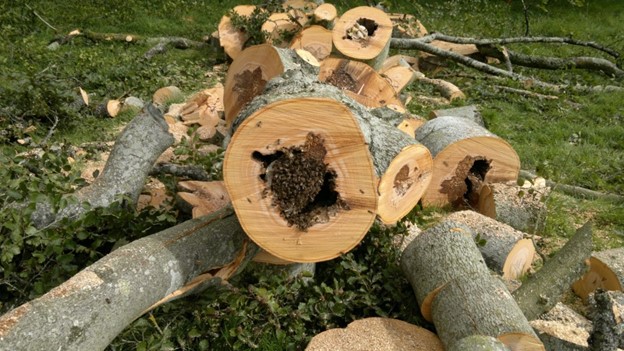
Introduction The honeybee (Apis mellifera) displays advanced regulation of the nest climate, in summer as well as in winter. Thermal homeostasis (thermoregulation) of the colony is especially important for the brood, because honeybee larvae and pupae are extremely stenothermic (surviving only within a narrow temperature range). A brood nest temperature of 93–95 °F/32-36 °C guarantees […]
Understanding Your Local Swarming Process

Introduction Below is a summary of the recent research on swarming and topics surrounding its timing and identification. Research articles are always listed at the bottom of the blog for further details. Just below are two links which contain information gleaned from the research and organized into an approximate execution timeline. Consider downloading these two […]
Epigenetics: Honey Bee’s Gene Response
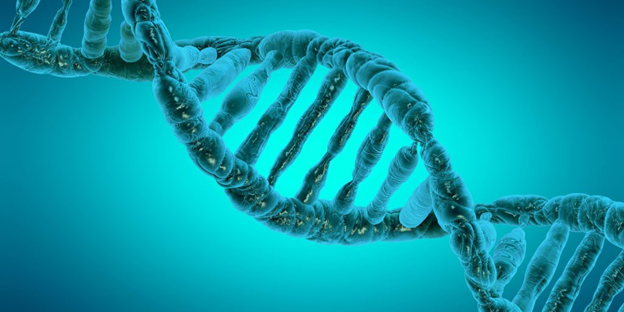
Epigenetics In biology, epigenetics is the study of heritable traits, or a stable change of cell function, that happen without changes to the DNA sequence. The Greek prefix epi- in epigenetics implies features that are “on top of” or “in addition to” the traditional genetic mechanism of inheritance. Epigenetics usually involves a change that is […]
Why Do Winter Bees Live Longer?
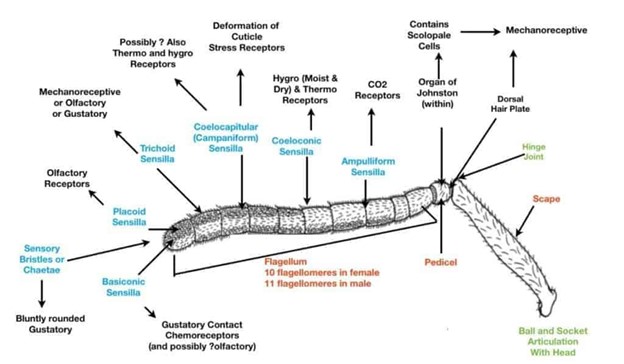
Introduction Winter can be a challenging time for beekeepers. As temperatures plummet, managing the internal conditions of beehives becomes critical and is a dance with nature. It’s clear that honey bees exhibit complex behaviors and physiological responses when managing their hive environment. The hive is in fact an extended phenotype (physical characteristic extending beyond its […]
Robbing Stress
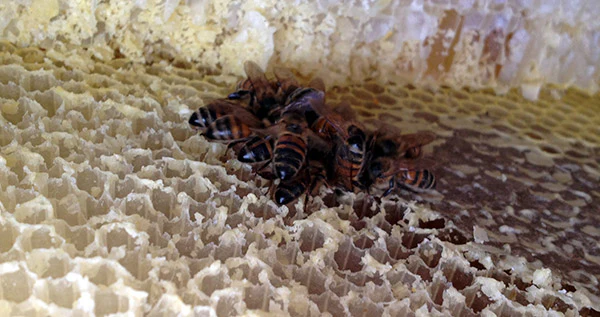
Introduction Honey bees forage for kilometers across the landscape, and they have sophisticated adaptations that allow them to take advantage of sparse, ephemeral floral resources. During extreme resource scarcity, they can deploy a comparably extreme foraging tactic known as robbing. Robbing is a high risk, high reward, and a tactic whereby workers attack and often […]
Harbo Assay, Varroa Sensitive Hygiene Testing
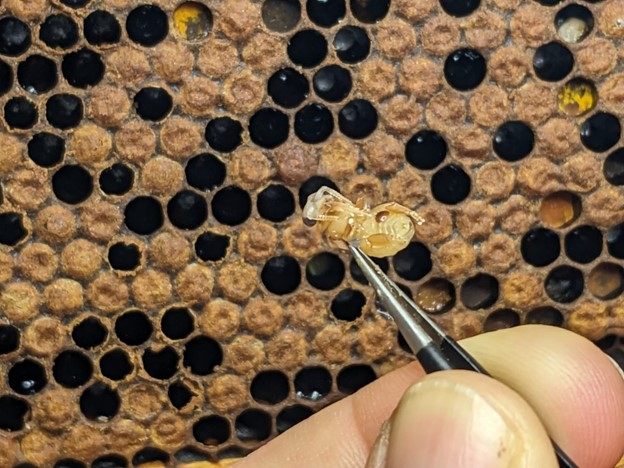
From Wild Hives More than likely you could simply Google “Harbo Assay” and get all you ever wanted to read on this topic, but my hope is that the organized extracts below might take you from “knowing” about this topic to actually getting involved. Yes, you as a backyard beekeeper can participate. Commercial breeders located […]
Mold, should I be concerned?

It is early spring, and your beehive seems too quiet. You pop the lid only to find mold everywhere. It cloaks dead bees, top bars, and on the comb. There is no doubt in your mind: mold killed your bees. But did it? In truth, mold in a beehive is a result of colony death, not the cause of […]